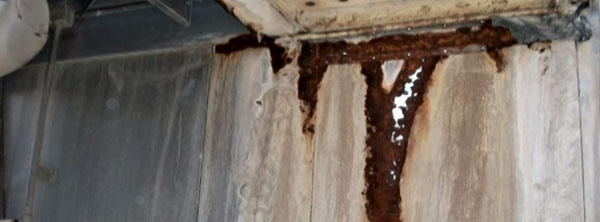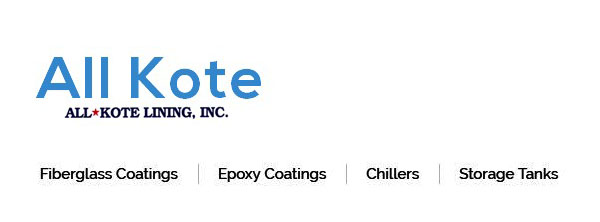Cooling Tower Components | Cooling Tower Parts & Functions
Cooling tower components include: Instrumentation and Electrical Systems, Cooling Tower Nozzles, Cooling Tower Valves, Mechanical Equipment Support, Drive Shafts, Gear Boxes, Cooling Tower Louvers, Fan Deck, Fan Cylinder, Water Distribution Piping, Cooling Tower Fans, Drift Eliminators, Cooling Tower Fill, Cooling Tower Structure, and Cold Water Basin.
Below we go over the individual cooling tower parts and functions.
List Of Cooling Tower Components:
- Instrumentation and Electrical Systems
- Cooling Tower Fan Motor
- Nozzles
- Distribution Valves
- Drive Shafts
- Gear Box
- Cooling Tower Louvers
- Fan Deck
- Fan Cylinder
- Water Distribution Piping
- Cooling Tower Fans
- Cooling Tower Structure
- Cold Water Basin
- Drift Eliminators
- Cooling Tower Fill Media
- Mechanical Equipment Support
Cooling Tower Parts & Functions
Cooling Tower Instrumentation:
Instrumentation systems found in most cooling towers include Blow Down Rate, Flow Meters For Cooling Tower Makeup Water, Thermocouples for Cold & Hot Water Measurement Of Temperature, Water Level Switches For Cold & Hot Water Basins, Low & High Oil Level Switches, and Vibration Switches.
Cooling Tower Fan Motor:

Refinery & Petrochemical cooling tower applications require explosion proof fan motors due to the potentially leaky heat exchangers. Fan motors should be provided with over load relay and Earth fault relay protection systems.
Cooling Tower Nozzles:

Most cooling tower nozzles are made out of plastic. These plastics include glassfilled nylon, polypropylene, ABS, and PVC plastics. Nozzles allow for uniform distribution of the hot water that’s inside a cooling tower cell.
Distribution Valves:
Distribution Valves are a part of the cooling tower that regulates the flow of hot water to evenly distribute in cells. The valve body in a distribution valve is manufactured to stand up to corrosive environments.
Drive shafts:

Drive shafts transmit power the from the motor’s output shaft to the gear reduction unit’s input shaft.
Gear Box:
Gear boxes reduce the amount of speed depending on your cooling tower fan’s requirements. The torque tube permanently alights the gear reducer, driveshaft, and motor.
Cooling Tower Louvers:
Asbestos sheets are what cooling tower louvers are made out of. Louvers serve 2 purposes: 1. Retain the circulating water within a cooling tower. 2. Distribute air flow equally into the fill media.
Fan Cylinder & Fan Deck:

The fan deck is simply a supporting platform for the fan cylinders and also creates an access way to the water distributions system and fan.
Water Distribution Piping:
Water distribution piping requires burial underground or needs to be supported in ground to avoid thrust loading of the cooling tower due to water pressure in the pipe and self weight.
Cooling Tower Fans:

Cooling tower fans are one the major parts/components of cooling towers. Most cooling tower fans are made out of hot-dipped galvanized steel, Glass Fiber, (FRP) Fiber Reinforced Plastic, and Aluminum. FRP is one of the best options because it is light weight and reduces the energy requirements (energy consumption) of the cooling tower fan. Pinch blade angles of cooling tower fan blades are varied depending on the season. For example, the pinch angle is increases during the summer season when the density is low to increase the capacity of the fan.
Cooling Tower Structure:

The most common cooling tower structure is made up of Wood (Chemically Treated). Although, some newer cooling towers are being manufactured using FRP and Reinforced Cement Concrete (RCC) depending on the application the cooling tower is need for.
Cold Water Basin:
Cold water basins serve two functions and are normally manufactured using RCC. The first function of a cold water basin is to act as storage and collect cold water from the tower. The second function of a cold water basin is the provide the main structure and foundation for the cooling tower itself. Cold water basins usually lye below ground level or on top of the soil. Cooling tower height is found my measuring the distance between the fan assembly to the top of the water basin.
Drift Eliminators:

Eliminators reduce the amount of water that escapes into the discharge air in the cooling tower. They project air in multiple directions and prevent unnecessary loss of water. These drift eliminators are manufactured using PVC. More passes through the drift eliminator will decrease the amount of drift loss while also increasing the pressure drop which increases the fan power consumption. For larger industrial applications, some use heavy duty drift eliminators.
Cooling Tower Fill Media:
Cooling tower fill media puts as much air in contact with as much water surface area as possible. The film fills make the water form in thing flowing sheets so that the most amount of water surface area interacts with the flow of air. Fill media is manufactured using either wood, polypropylene, or PVC. There are three different types of fill media including: Vertical fill (Splash Fill), Vertical offset fill (Splash Fill), and cross corrugated fill (Film Fill).
Thank you for reading our “Cooling Tower Components” list. Stay tuned for more from the experts at All Kote Lining Inc.




